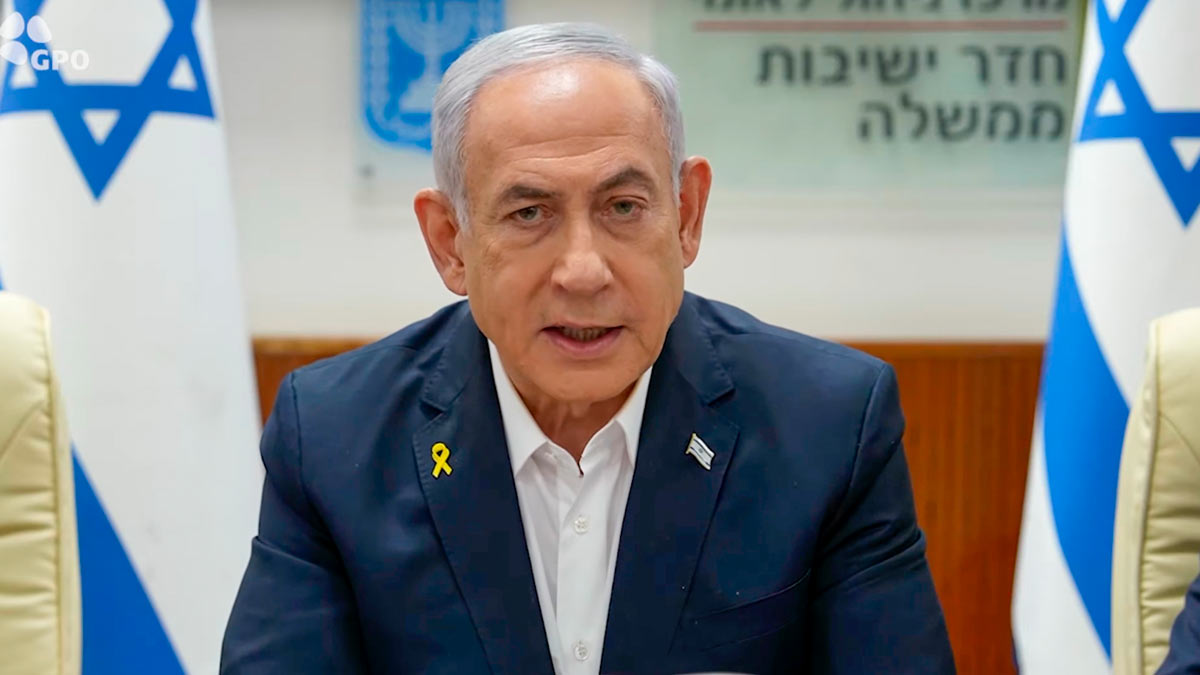US President Joe Biden announced a 60-day ceasefire agreement between Israel and Lebanon, possibly putting an end to the year-long conflict that began between the Israeli Defense Forces (IDF) and Hezbollah in the aftermath of the Hamas terror attacks in Gaza on October 7, 2023.
The bombings by the Israelis had killed about 3,700 people in Lebanon while reprisals by Hezbollah claimed about 130 Israeli lives.
This is the full statement by Benjamin Netanyahu, with English subtitles, on the ceasefire deal, Gaza, Iran, and many other issues Israel is focusing on.
— Vivid.🇮🇱 (@VividProwess) November 27, 2024
Have a listen.pic.twitter.com/R7qNW6wU2M
The immediate implication of the agreement that will see a complete Israeli military withdrawal from Lebanon by January 26, 2025, is that Israel has succeeded in reducing the four military fronts it had opened.
ALSO READ: Israel-Hezbollah ceasefire in place. US determined not to repeat mistakes from 2006 pact
Now it is free to throw its full might behind an offensive against Hamas in Gaza and West Bank, thereby also sidelining or considerably weakening the Palestinian cause.
I applaud the courageous decision by the leaders of Lebanon and Israel to end the violence.
— President Biden (@POTUS) November 27, 2024
It reminds us that peace is possible.
And so long as that is the case, I will not for a single moment stop working to achieve it. pic.twitter.com/MF57EXflzk
With Hezbollah’s strength significantly depleted, including elimination of its top leadership and destruction of its dreaded rocket arsenal, the ceasefire pact is nothing short of a defeat for the Hezbollah, whose positions in Lebanon will be taken over by the Lebanese armed forces now.
The truce is well-aligned to the US policy of pursuing different forms of engagements and negotiations among the Muslim nations in the Middle East.
The first fructification of this policy was the signing of the Abraham Accords between Israel and the UAE and between Israel and Bahrain on September 15, 2020. What it did was cobble up a coalition of Arab states with Israel.
also read
- Will Hamas release Arbel Yehud this week? Israel wants civilian hostage to be freed soon
- Gaza ceasefire: Donald Trump administration chalks out plans for second phase of Israel-Hamas deal
- Israeli hostages 'stable'; Emily Damari posts 'rock on' emoji to symbolise 2 missing fingers
- PFLP member, journalist among 90 Palestinians released by Israel; here are all their names
In his second term, US President-elect Donald Trump may even go a step ahead by introducing more distance between the Hamas-Palestine issue with Iran and the Iran-backed militias and proxies.
There are three distinct approaches he may adopt with Iran—offer a new nuclear deal, loosen the economic sanctions regime, or try and weaken Iran and its proxies by targeting the Iranian nuclear programme. But the elephant in the room from the US point of view is easily the growing proximity between Iran, Russia and China. A lot depends on this emerging axis.



